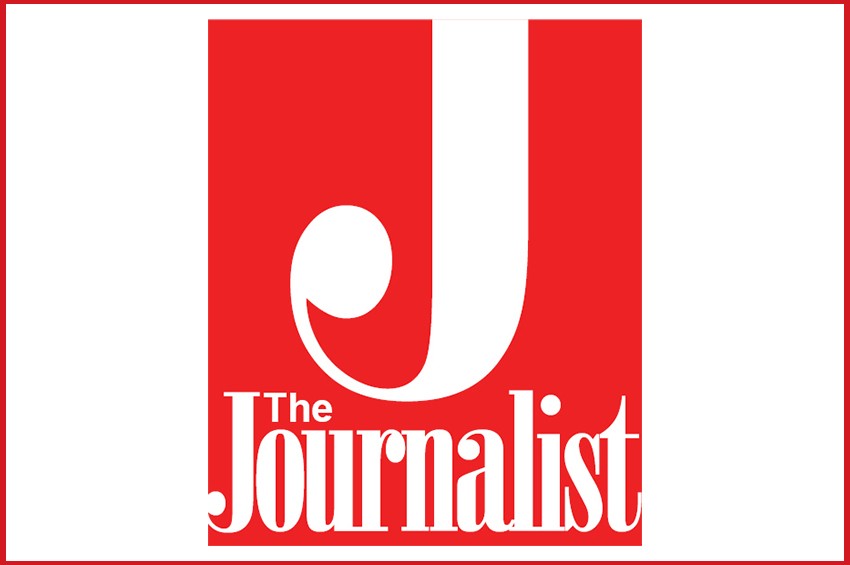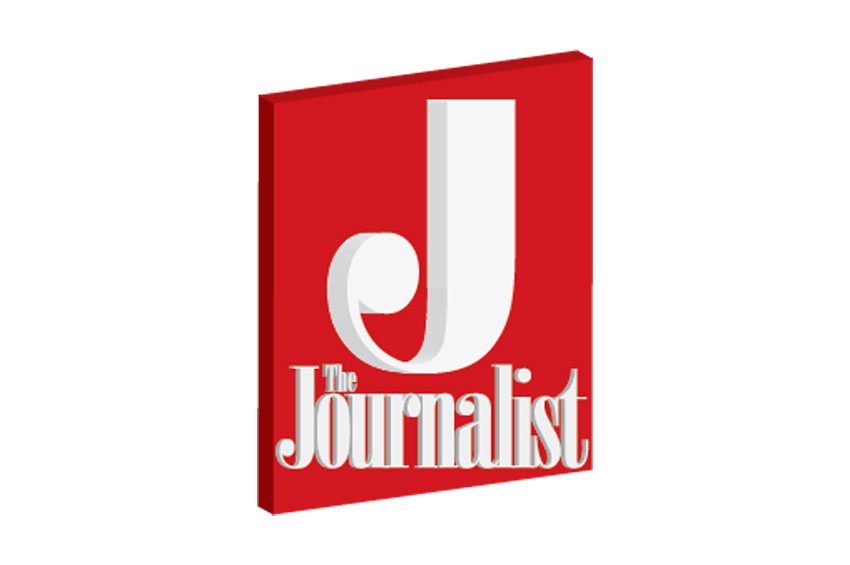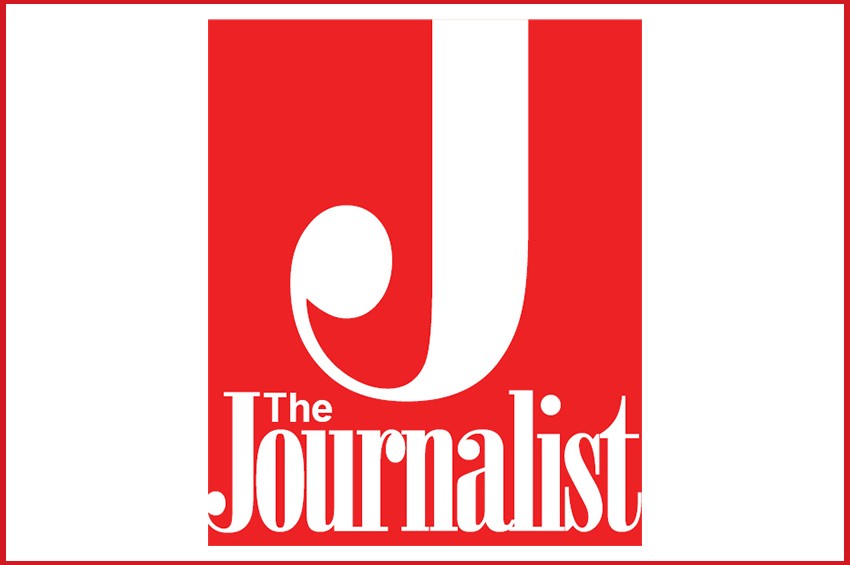The Purchasing power of Ngultrum decreases by 5.31 percent. Meanwhile, the Price of Consumer goods and services increased to 5.60 percent in August 2022.
The Consumer Price Index (CPI) released by National Statistics Bureau (NSB) on September 30, this year reflects that the purchasing power of Ngultrum when measured as per the CPI stands at Nu 60 as of August 2022 compared to a decade ago in December 2012.
Nu 100 in August 2022 is only worth Nu 60 in 2012. The purchasing power of ngultrum, as measured by CPI, has fallen by 5.31 percent in the last year (from August 2021 to August 2022) due to economic price increases.
According to the report, the price of consumer goods and services in August 2022 was 5.60 percent more than in the same month last year, but the year-on-year rate has decreased compared to the previous month, which was 6.61 percent.
Food prices increased by 5.20 percent, accounting for 44 percent of overall inflation, while non-food prices increased by 5.95 percent, accounting for 56 percent of overall inflation. When compared to the previous month of July, both food and non-food items increased at a slower rate.
The report stated that the month-on-month CPI in August fell by 0.72 percent from July, with food and non-food down by 0.60 percent and 0.83 percent, respectively.
The decline in food prices was caused by a decrease in the price of vegetables and fruits, whilst the decrease in non-food prices was caused by a 14 percent decrease in the price of fuel (petrol and diesel).
As per the report, from 2020 to 2021, the price of household goods and services grew by 7.35 percent.
This represents a 1.72 percentage point increase above the 5.63 percent increase in 2020. The higher rate in 2021 was attributable to a 5.62 percent increase in non-food, compared to a 1.24 percent increase in 2020.
Food costs accounted for over 60 percent of all inflation in 2021, with non-food prices accounting for 40% of the total rise. Food costs were the primary driver of inflation in 2020, accounting for about 90% of the entire rise.
Among the 12 key divisions, food and alcoholic beverages contributed more than half of the overall rise in 2021, followed by 15 percent transportation and apparel and 11 percent footwear.
In 2021, the largest rise was 16.66 percent for alcoholic drinks and betel nuts, while the lowest increase was 0.66 percent for school expenses. Except for communication, which fell by 9.90 percent, all other divisions increased.
The Consumer Price Index (CPI) released by National Statistics Bureau (NSB) on September 30, this year reflects that the purchasing power of Ngultrum when measured as per the CPI stands at Nu 60 as of August 2022 compared to a decade ago in December 2012.
Nu 100 in August 2022 is only worth Nu 60 in 2012. The purchasing power of ngultrum, as measured by CPI, has fallen by 5.31 percent in the last year (from August 2021 to August 2022) due to economic price increases.
According to the report, the price of consumer goods and services in August 2022 was 5.60 percent more than in the same month last year, but the year-on-year rate has decreased compared to the previous month, which was 6.61 percent.
Food prices increased by 5.20 percent, accounting for 44 percent of overall inflation, while non-food prices increased by 5.95 percent, accounting for 56 percent of overall inflation. When compared to the previous month of July, both food and non-food items increased at a slower rate.
The report stated that the month-on-month CPI in August fell by 0.72 percent from July, with food and non-food down by 0.60 percent and 0.83 percent, respectively.
The decline in food prices was caused by a decrease in the price of vegetables and fruits, whilst the decrease in non-food prices was caused by a 14 percent decrease in the price of fuel (petrol and diesel).
As per the report, from 2020 to 2021, the price of household goods and services grew by 7.35 percent.
This represents a 1.72 percentage point increase above the 5.63 percent increase in 2020. The higher rate in 2021 was attributable to a 5.62 percent increase in non-food, compared to a 1.24 percent increase in 2020.
Food costs accounted for over 60 percent of all inflation in 2021, with non-food prices accounting for 40% of the total rise. Food costs were the primary driver of inflation in 2020, accounting for about 90% of the entire rise.
Among the 12 key divisions, food and alcoholic beverages contributed more than half of the overall rise in 2021, followed by 15 percent transportation and apparel and 11 percent footwear.
In 2021, the largest rise was 16.66 percent for alcoholic drinks and betel nuts, while the lowest increase was 0.66 percent for school expenses. Except for communication, which fell by 9.90 percent, all other divisions increased.














